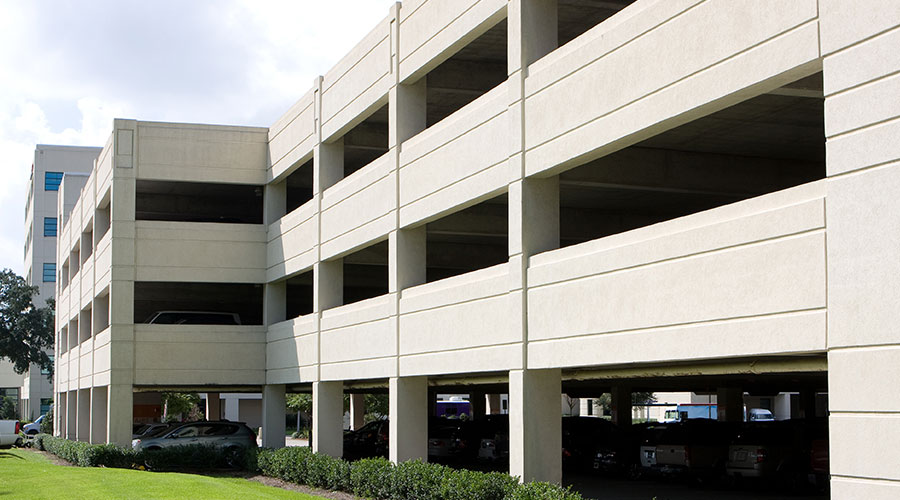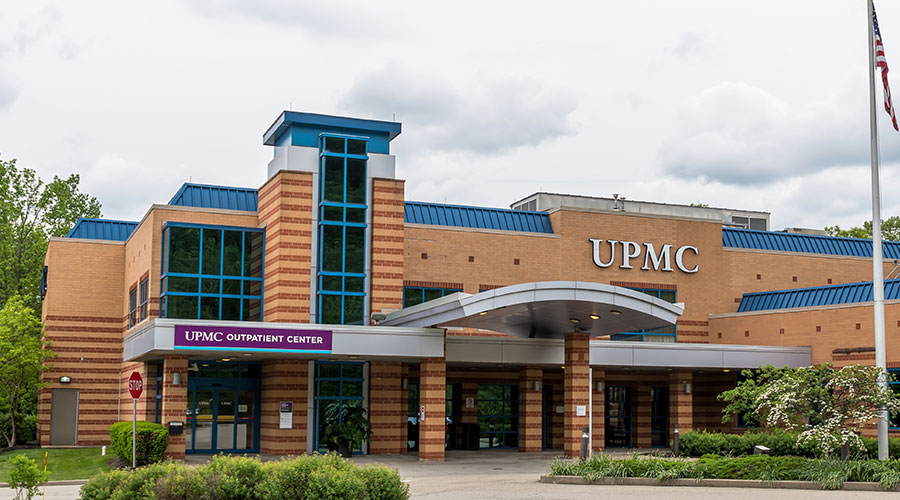How to Meet Maintenance Demands with Reduced Budgets
Managers should consider a strategy that many organizations overlook entirely: technician utilization.
What other measures can managers implement to meet the many demands on their departments while dealing with tighter budgets? There are several ways to manage expectations without a loss of headcount – and one caveat.
Here’s the caveat: Headcount reduction should be the last option. Before taking this drastic step, managers should consider a strategy that many organizations overlook entirely – technician utilization. Several years ago, I spoke at the annual NFMT Baltimore conference about this very topic. The average technician’s utilization or direct labor is only 17-24 percent.
Think about that range. If a technician’s average time with tools is 25 percent, that means a department needs four FTEs doing the same amount of work to achieve 100 percent. World class technician utilization is around 65 percent. So at the lower utilization level, a manager would need an extra person and a half to achieve the world class standard. What would that staffing level translate to in salaries and benefits?
I’m not suggesting departments are plagued by poor performance. Rather, they suffer from poor work-management processes.
To remedy this, managers can consider performing an exercise called brown paper/white paper value-stream mapping. The exercise involves creating workflows in business processes and the graphical representation of those workflows and shows the way various processes and activities work together or against each other based on their relative dependencies. This exercise can help managers locate non-value-added activities in their departments and re-engineer the processes in order to put technicians in positions to succeed.
Managers also can look for savings by outsourcing the maintenance activities. Outsourcing work to a contractor that specializes in facility maintenance or a highly specialized skill can be an attractive strategy for managers. The process removes the responsibility of many activities that departments are accountable for and ensures that the contractor provides qualified, competent technicians, resources and services.
COVID-19 will continue to affect managers and their facilities – not to mention building occupants and the general public – for the foreseeable future, and its impact has changed our daily routines. Washing hands, wearing masks and social distancing are parts of the new reality. Dealing with the changes while maintaining a resemblance of normalcy is the challenge of every manager. Before managers make significant changes that will affect people’s lives, the first and most important step is to look inside.
Andrew Gager, CMRP, CPIM (a.gager@nexusglobal.com) is director of Asia and Australia with Nexus Global Business Solutions. He has more than 28 years of manufacturing and facilities experience, ranging from warehousing operations to plant management. He is a registered CMRP, CPIM and Six Sigma Green Belt, and he is formally trained in change-management principles.
Related Topics:














